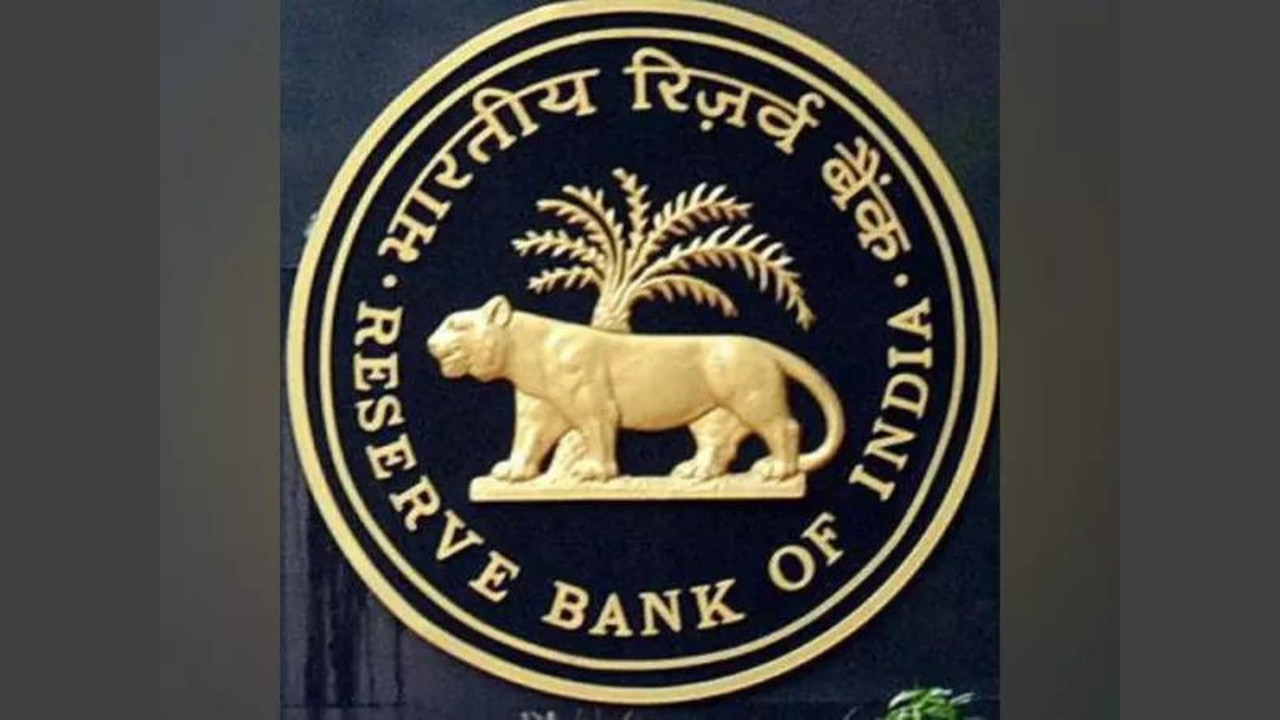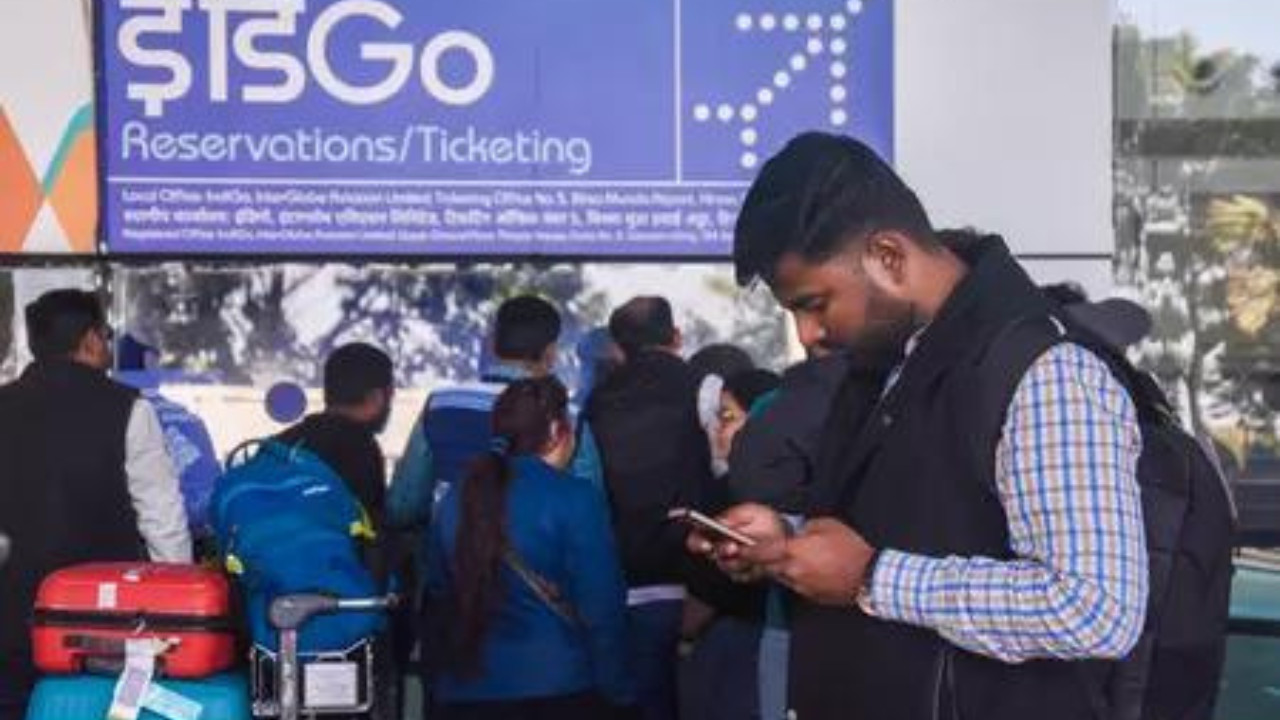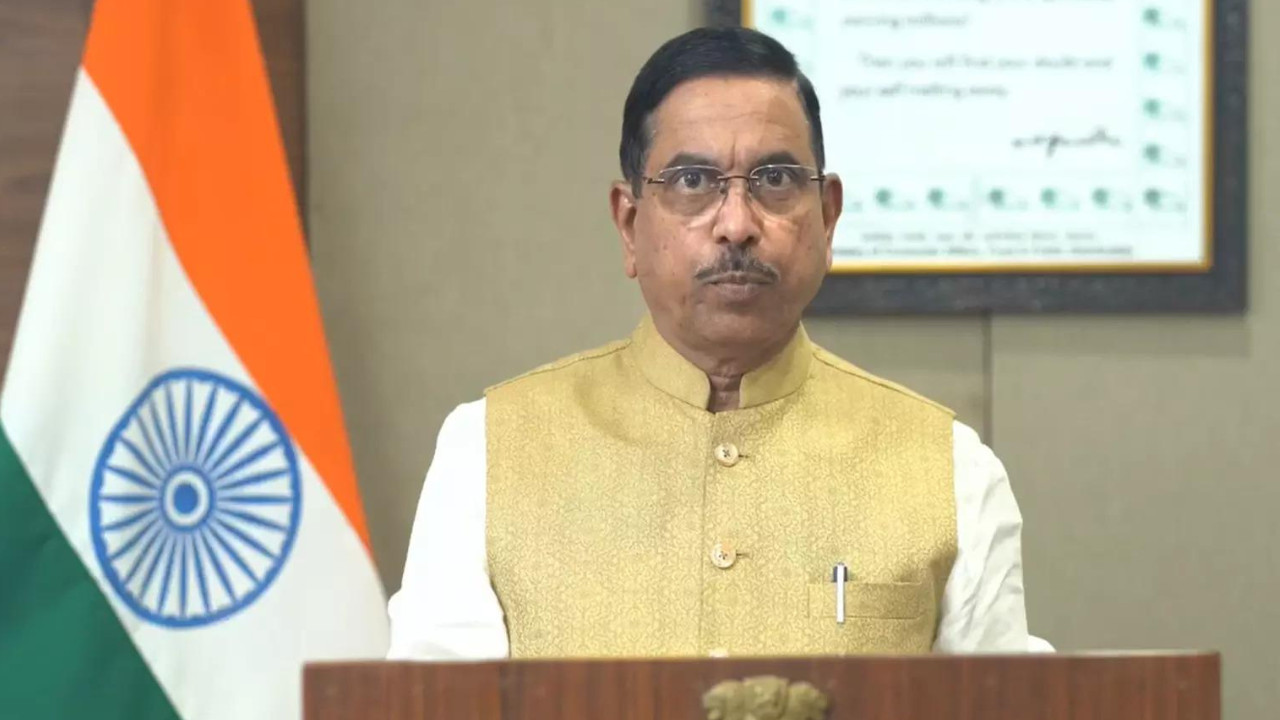The Reserve Bank of India kept its policy interest rate unchanged at 5.5 per cent for the second consecutive meeting, despite significantly lowering inflation projections. While retaining flexibility for future reductions, the central bank expressed concerns over US tariff-related uncertainties impacting GDP growth. Low inflation and potential US Federal Reserve rate cuts could create space for future RBI rate cuts.
Navigating the Economic Tightrope: Is an RBI Rate Cut on the Horizon?
The air in economic circles is thick with anticipation. After a period of steadfast vigilance in combating inflation, whispers of potential interest rate cuts by the Reserve Bank of India (RBI) are growing louder. But like a tightrope walker, the RBI must carefully balance competing pressures, and the path ahead is far from straightforward.
The latest signals suggest the RBI isn’t ruling out a change in course. While they’ve maintained a cautious stance, a recent report hints at a willingness to consider easing monetary policy down the line, provided certain economic conditions align. This offers a glimmer of hope for businesses and consumers alike, who have felt the pinch of higher borrowing costs. After all, who wouldn’t welcome a bit more breathing room in their finances?
Inflation’s Dance and the RBI’s Response
India’s inflation story has been a complex one. The RBI has been proactively trying to control inflation through its monetary policies. However, the recent consumer price index (CPI) data reveals some encouraging trends, with inflation showing signs of moderation. This has provided the RBI with the flexibility to consider adjustments to interest rates.
The question on everyone’s mind is: how much further will inflation fall, and how quickly? The answer will largely dictate the RBI’s next move. A sustained period of declining inflation would undoubtedly strengthen the case for a rate cut, offering relief to borrowers and potentially boosting economic growth. But premature action could risk reigniting inflationary pressures, a scenario the RBI is keen to avoid.

External Pressures: The Tariff Threat
The RBI’s decisions aren’t made in a vacuum. Global economic forces, particularly international trade dynamics, play a significant role. One looming concern is the potential impact of rising tariffs. Escalating trade tensions and protectionist measures could disrupt supply chains, increase import costs, and ultimately fuel inflation – throwing a wrench into the RBI’s carefully laid plans.
These tariff risks are a wildcard in the deck, adding another layer of complexity to the RBI’s decision-making process. They need to consider these international factors, which are out of the bank’s direct control.
The Ripple Effect of Interest Rate Cuts
The impact of an RBI rate cut would be felt across the economy. Lower interest rates would make borrowing cheaper for businesses, encouraging investment and expansion. This, in turn, could lead to job creation and increased economic activity. For consumers, lower rates would translate into reduced EMIs on home and auto loans, freeing up disposable income.
Furthermore, a rate cut could boost investor sentiment, leading to increased capital inflows and a stronger stock market. However, the RBI must also be mindful of the potential downsides, such as excessive risk-taking and asset bubbles. It’s a delicate balancing act, requiring careful calibration and constant monitoring of economic indicators. It’s worthwhile to explore further insights into related monetary policies and their wide-ranging effects. See our article about [Government Bond Yields](internal-link).
Gauging Market Sentiment and Future Outlook
The markets are closely watching the RBI’s every move, trying to decipher the subtle nuances of its pronouncements. Investor confidence is fragile, and any misstep could trigger volatility. The RBI needs to communicate its intentions clearly and transparently, managing expectations and providing a sense of stability.
Looking ahead, the trajectory of interest rates will depend on a multitude of factors, including the evolution of inflation, the global economic environment, and the government’s fiscal policies. The RBI’s ability to navigate these challenges effectively will be crucial in ensuring sustainable economic growth and maintaining price stability.
Ultimately, whether an RBI interest rate cut materializes remains to be seen. But the signs suggest that the possibility is definitely on the table, contingent on a favorable confluence of economic circumstances. This delicate dance between growth and inflation will continue to be closely watched by everyone involved.







